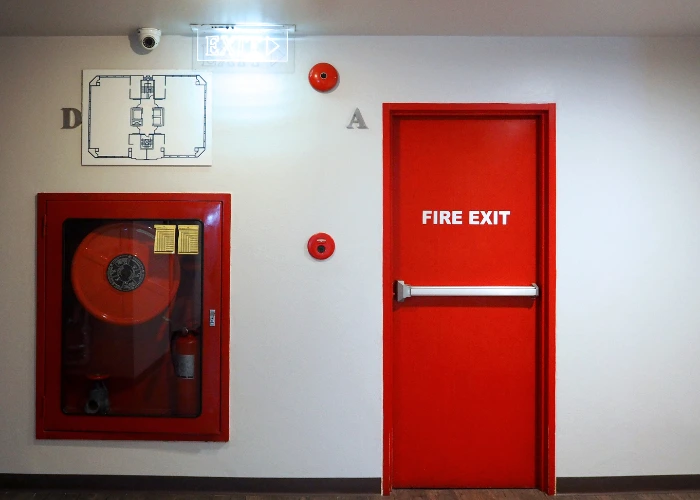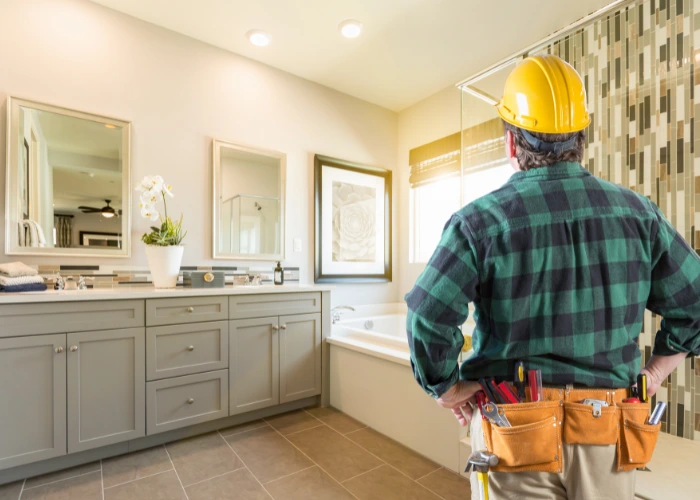

Achieving ADA compliance in offices is necessary for creating an accessible environment for everyone. There are easy solutions to making your office accessible and you don’t have to break the bank to do this. Many solutions are both affordable and efficient, making it possible to ensure accessibility without spending so much money on renovations. This article will explore some budget-friendly solutions that can make your office ADA-compliant.
Clear signage is one of the simplest and most cost-effective ADA solutions you can make in your office. Signs indicating accessible routes, restrooms, and exits help all employees and visitors navigate the office more easily. For ADA compliance, signs should have large, easy-to-read text. Also, ensure the pathways are wide enough, at least 36 inches in most cases to accommodate wheelchairs. Clear all obstacles from the walkways and keep your furniture arranged; these little changes can make a big difference and you don’t have to spend a dime for it.
Modifying a few desks in the office to be easily adjustable is another budget-friendly solution. According to ADA standards, there should be a minimum of 27 inches under desks to accommodate wheelchairs and ensure ADA knee clearance. Investing in a few adjustable desks or tables can create an accessible workspace without having to change the entire office setup. Also, place these accessible desks near entrances, restrooms or common areas to facilitate easy movement.
Your office workers must be able to access the restrooms easily. Making upgrades to your office restrooms may be costly, but there are affordable modifications that can still improve accessibility. For instance, installing grab bars near toilets and stall areas provides stability for those using walking aids. These bars are not expensive and are easy to install. Also, consider adjusting the height of soap dispensers, towel dispensers and mirrors; they should be installed at a maximum height of 48 inches from the floor. Simple adjustments like these ensure easy accessibility without having to break the bank.
According to the ADA standards, the doorways in your office should be at least 32 inches wide to accommodate wheelchairs. For existing doorways, you can install offset hinges which allow doors to open more fully. This method provides additional clearance without affecting the original structure of your office. You can also install automatic door openers; they are usually helpful in high-traffic areas.
Incorporating accessible technology is another cost-effective way to improve accessibility in your office. For example, screen readers for computers, and speech-to-text tools can support visually impaired employees. Many operating systems come with built-in accessibility features, so providing staff training on these tools can be a low-cost improvement.

ADA compliance in your office doesn’t require that you turn your office upside down. By focusing on affordable changes, you can make meaningful improvements in accessibility without breaking the bank. These changes not only help meet ADA standards, it also create an accessible space for all employees and visitors.



Navigating building code compliance means balancing three distinct frameworks: the Americans with Disabilities Act (ADA), the International Building Code (IBC), and the National Fire Protection

Vague ADA deficiency reports cost thousands in rework and project delays. Contractors need specific measurements, clear photographs, exact code references, and actionable remediation steps to